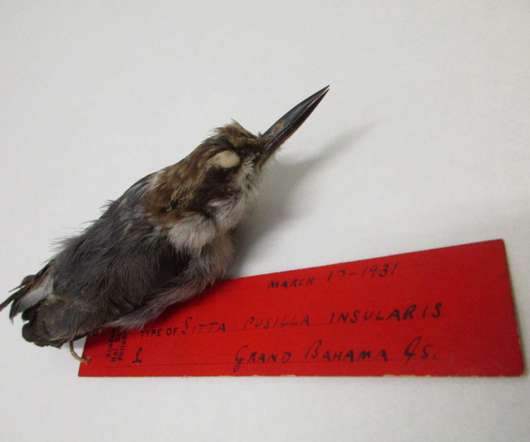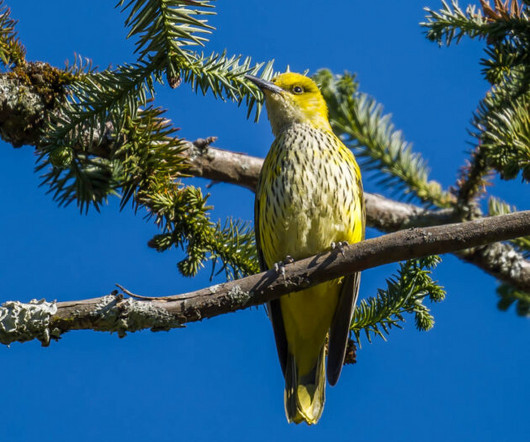Seeking the Bahama Nuthatch
10,000 Birds
JULY 19, 2021
Hayes of Loma Linda University, who has studied the nuthatch since 2004. He noted that this new bird had longer bills and “darker loral and auricular regions” than the mainland Brown-headed Nuthatch, and collected two of them for science. One is a species altogether new to science — a nuthatch discovered on Grand Bahama Island.”

























Let's personalize your content